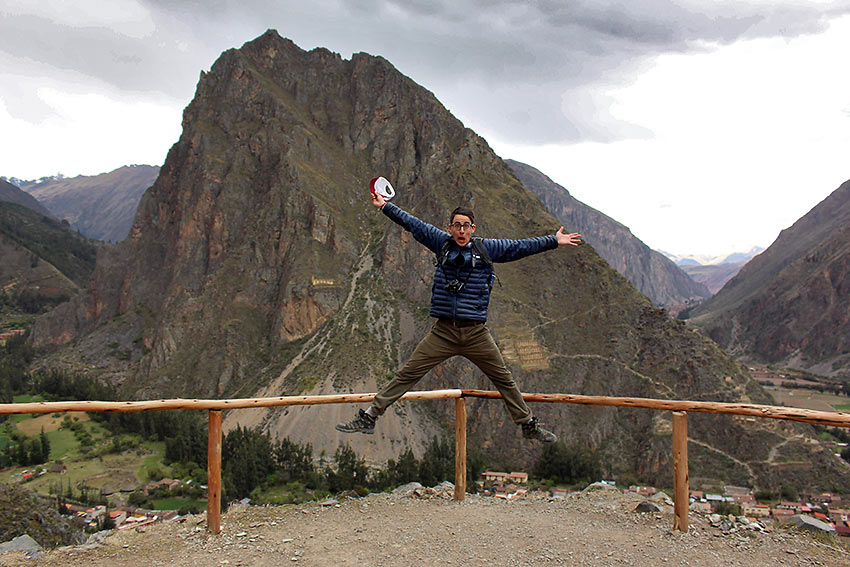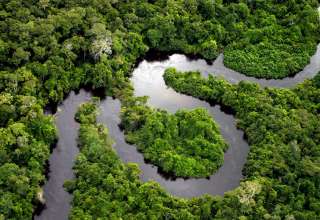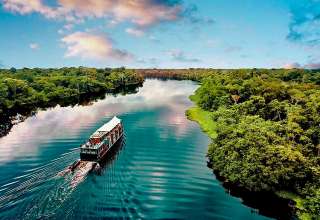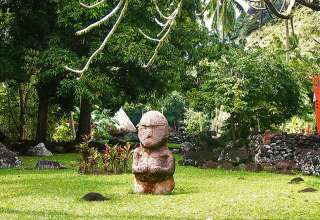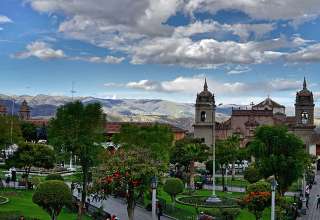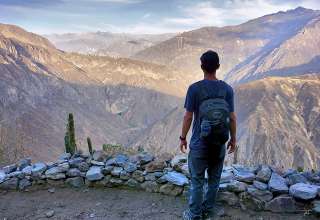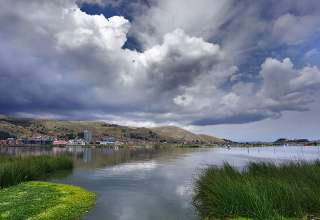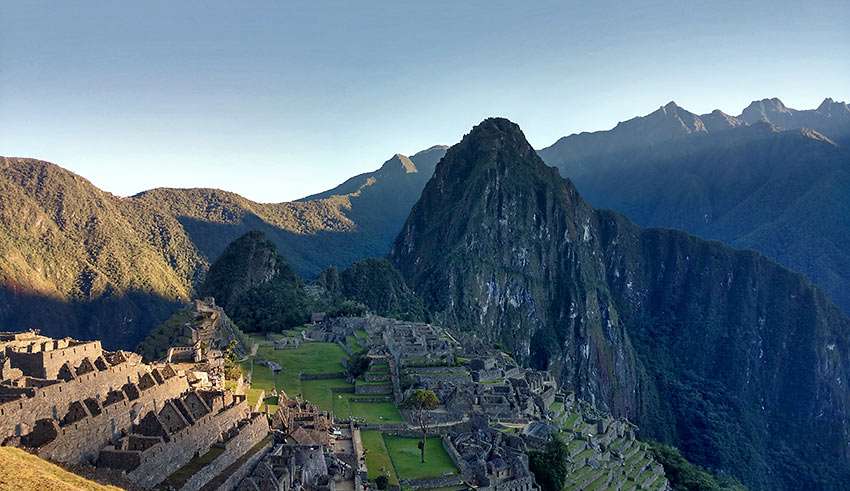
Standing in the Lima airport, a knot was forming in my stomach — a feeling many of us associate closely with airports, the anxiousness of a hard goodbye or a long overdue hello.
My Parents Were Coming to Perú.
We’d been planning the trip for months, and I could already picture the forthcoming collision of worlds and cultures — American and Peruvian, Spanish and English, my U.S. family and my host families. The images began forming in my mind of stressful taxi rides, trying new foods, learning Spanish phrases, meeting my host families, and translating just about everything.
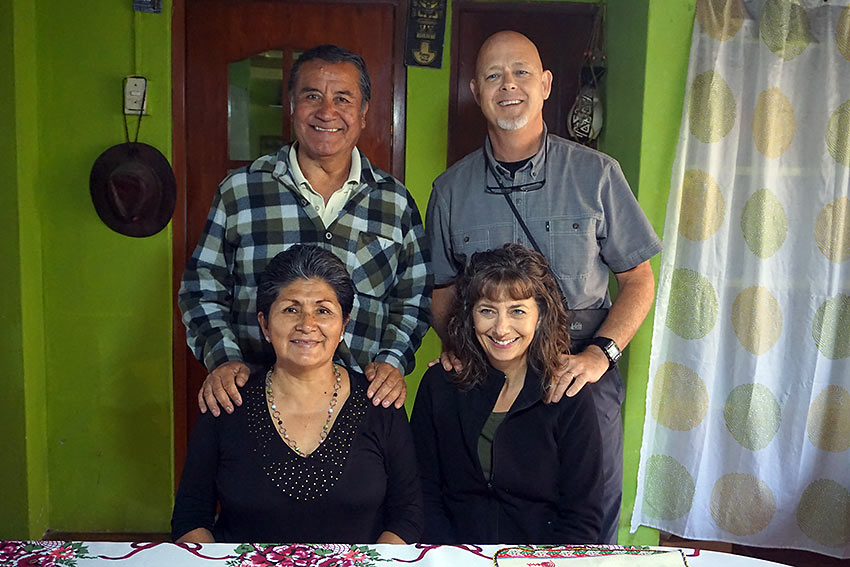
These images carried with them a rush of emotions, a strange mixture of happiness, excitement, and nervousness. Yet as my parents poked their heads through the customs’ door, all that was left was the joy of being together after a long year apart (and maybe the worry of finding a safe taxi!).
Our plan for the trip was twofold — meet my families and see Cusco. Despite Peru’s beautiful beaches, snow-topped mountains, and deep jungles, my parents’ priority was meeting the most influential people of my Peace Corps experience — my host families. A close second was visiting Cusco, the Sacred Valley, and Machu Picchu.
Our first stop was my host family outside Lima where I lived for 3 months of training. Despite an eye opening taxi ride for my parents (there is little respect for lanes or speed limits in Lima and the traffic is horrific), we arrived at one of my favorite places in Peru.
My family in Lima has continually opened their doors to me since training, and in many ways their house has become a second home for me — an escape from the mountain cold and the stresses of Peace Corps life. As I arrived home once again, this time with my parents, I knew they would experience firsthand the same warmth and hospitality that I received exactly one year ago.
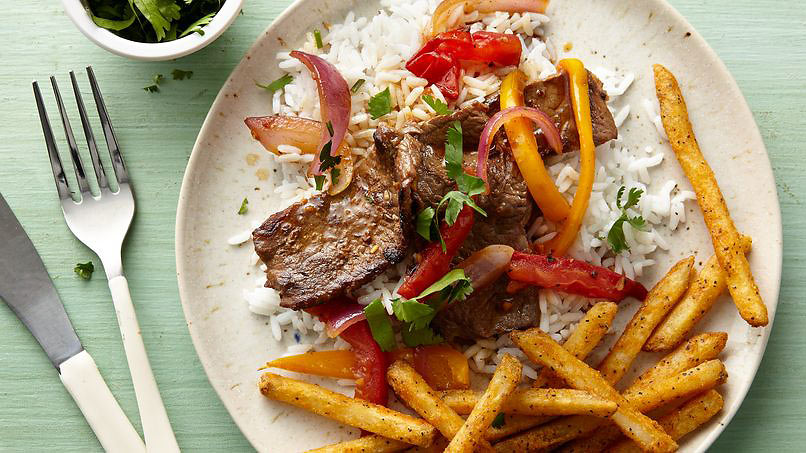
They definitely did. In Peru, welcoming guests into your home is significant, and food is a large part of this welcome. We ate, and ate, and ate. After all, the best way to reciprocate hospitality here is eating all you possibly can, and then some. That’s easy to do so when you’re served a delicious lomo saltado and a variety of different fruits and juices.
Despite the language barrier and translation, it felt as if our families had met before. We talked about our hometowns, languages, traditional foods, families, hobbies, and occupations. It was a blessing for my parents to finally meet them and have the opportunity to thank them in person for the support and love they’ve shown me. It was a perfect start to our trip and introduction to a real Peruvian family and their culture.
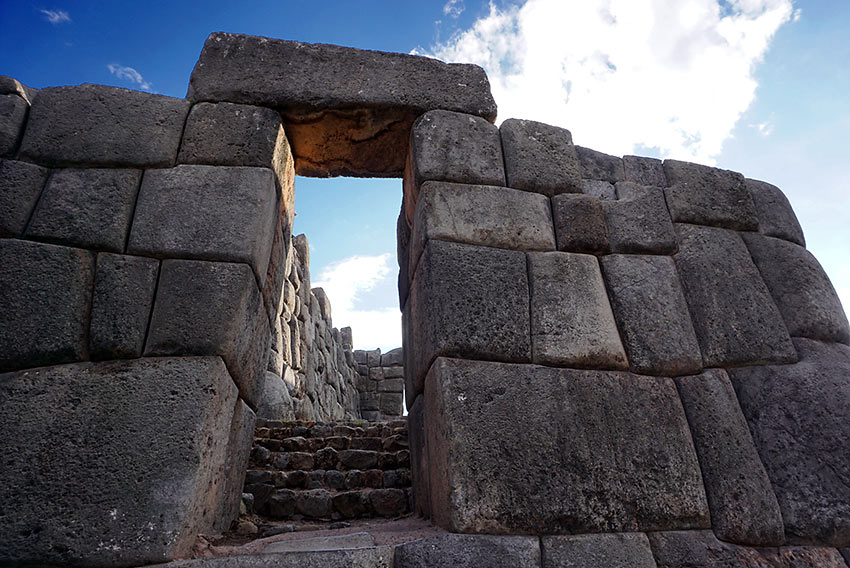
Our next stop was Cusco. In my opinion, it lived up to the hype.
After our first night of adjusting to the altitude and checking out the Plaza de Armas (central plaza), we picked up my sister from the airport. She was arriving from her summer job in Quito, Ecuador, and joining us for the rest of the trip. Being together was wonderful, but we did miss my two brothers who weren’t able to make it.
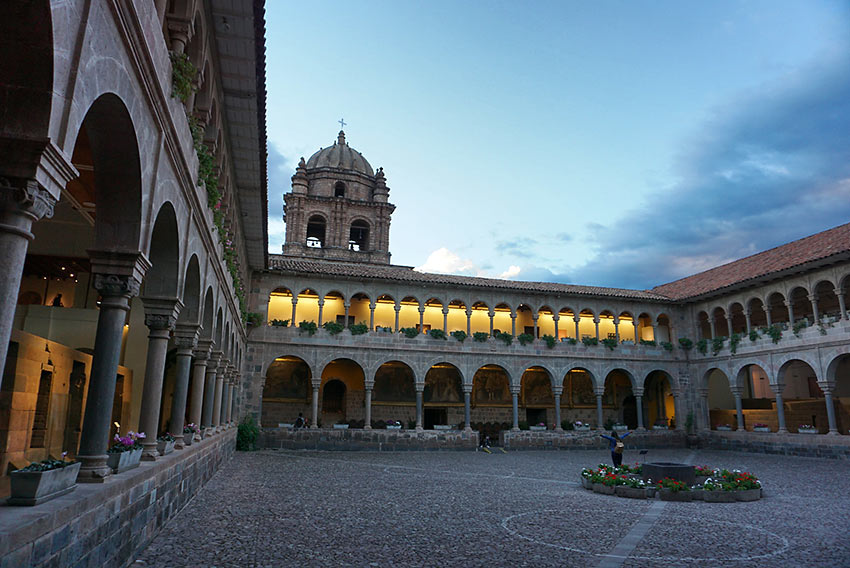
We began by visiting Qoricancha (or Coricancha), one of the most important Incan temples of its time. What were once entirely gold-plated walls have been reduced to only a few stone rooms. Today, a catholic convent and church now stand atop the remaining ruins, creating the stark contrast characteristic of Cusco between old and new, Incan and Spanish.
In fact, the vast majority of the once Incan capital was destroyed by the Spaniards who built immaculate churches with the gold and stone stripped from the Incan temples. Oddly enough, in the case of Qoricancha, it was the catholic monks who preserved what little remained of the temple’s walls.
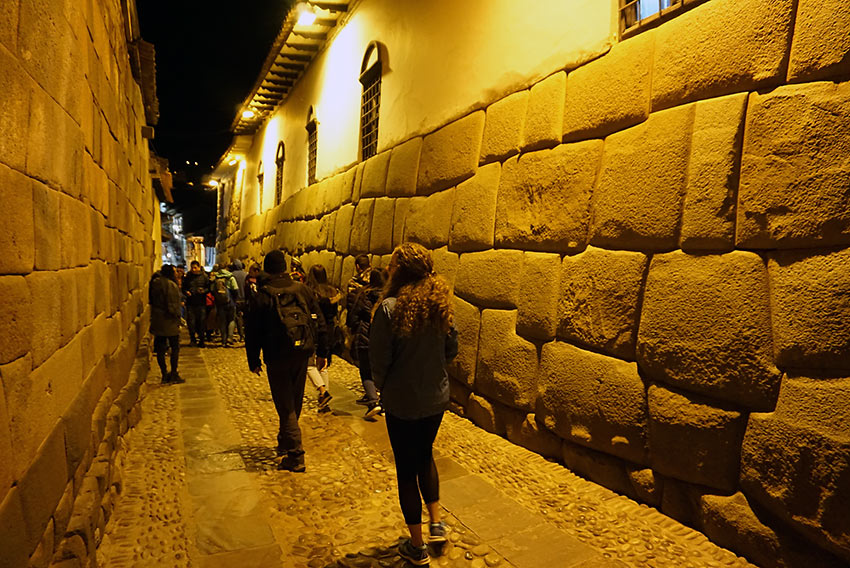
After our tour of the temple, we wandered the beautiful city streets, perusing the plethora of small shops and restaurants. We finished our day in the small artisan market and Incan-walled neighborhood of San Blas. Here we enjoyed a tasty dinner of lomo saltado, carapulcra, chicharrón, and skewers of alpaca.
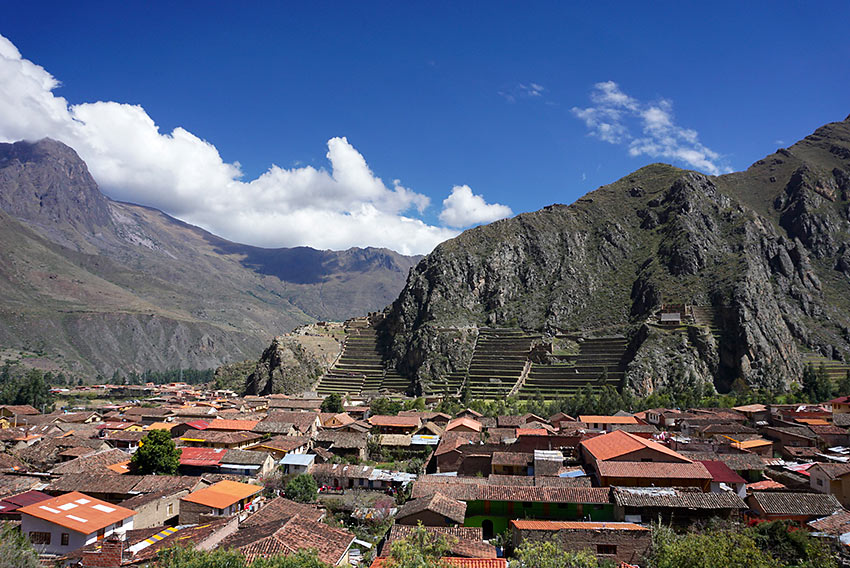
Our next stop was Ollantaytambo, a quaint Incan town which has become a popular stepping stone on the way to Machu Picchu. Rather than traveling directly, we joined one of the many sacred valley tours offered throughout Cusco.
As we wound through the fertile farmlands once cultivated by past civilizations, catching occasional glimpses of the snow-topped Andes off in the distance, we experienced a firsthand glimpse of the ingenuity and expansiveness of the Incan Empire. History came alive.
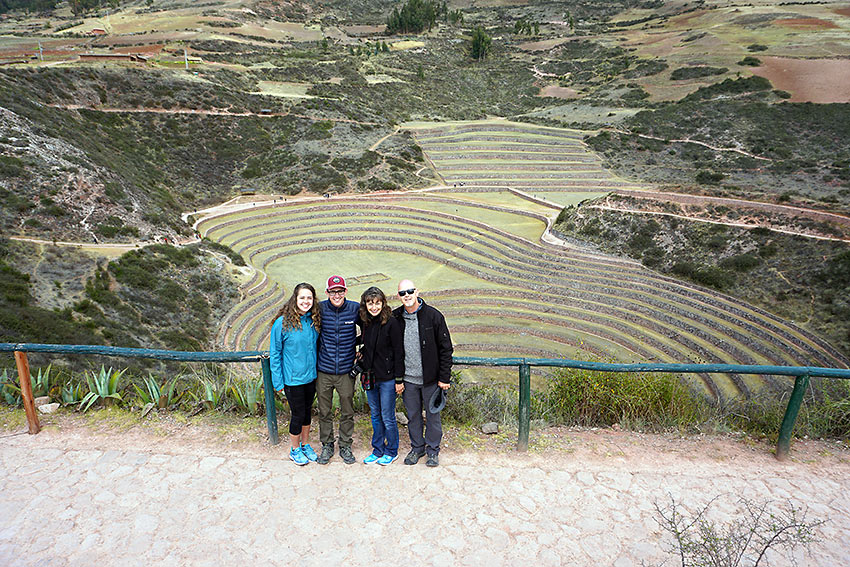
We stopped at Lake Piuray, an Inca’s (king) secondary home in Chinchero, the experimental agricultural terraces of Moray, and the salt mines in Salineras. While I would have wished for more time in each site to explore and hike, the guided tour was an effective and educational way to visit various sites without breaking the bank.
Rather than returning to Cusco with the group, we stayed in Ollantaytambo. This decision allowed us to explore more of the extensive ruins consisting of terraces, storehouses, and a temple. We were thankful to spend the next day there as well rather than rushing straight to Machu Picchu. Ollantaytambo and its Incan water canals, perfectly constructed walls, and quiet, narrow streets became one of our favorite stops of the trip.
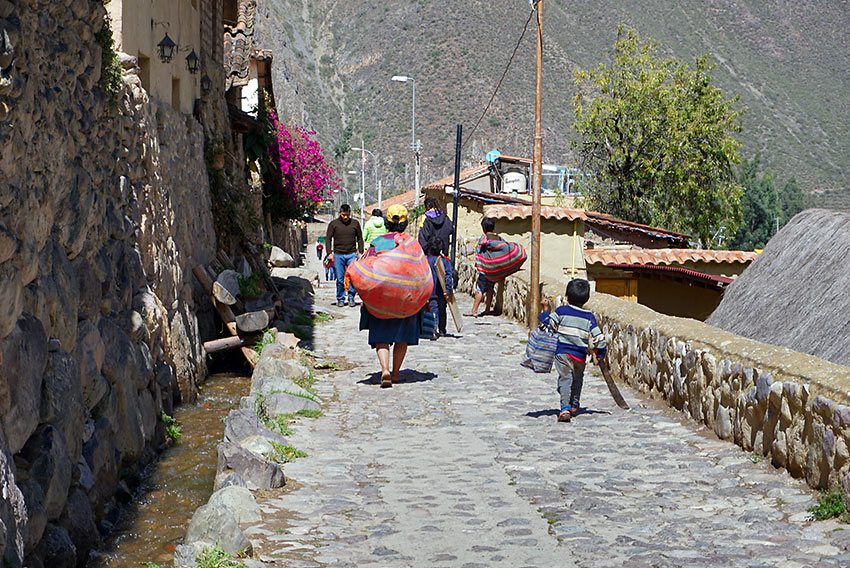
From Ollantaytambo we took the overly-priced train to Aguas Calientes (or Pueblo Machu Picchu), the final stop before Machu Picchu itself. While beautifully set in the middle of the hills, the town is dominated by thousands of tourists and therefore hostels, restaurants, and higher prices. We generally preferred Ollantaytambo.
The next morning we were headed to Machu Picchu! After a 3 a.m. wakeup call and a two hour wait for the first buses, we wound our way up switchbacks in the dawn light.
It was worth the lack of sleep. As we emerged from the path for our first view from above Machu Picchu, the sun peaked over the hill, slowly rolling back the shadows over the ancient city. The view was breathtaking.
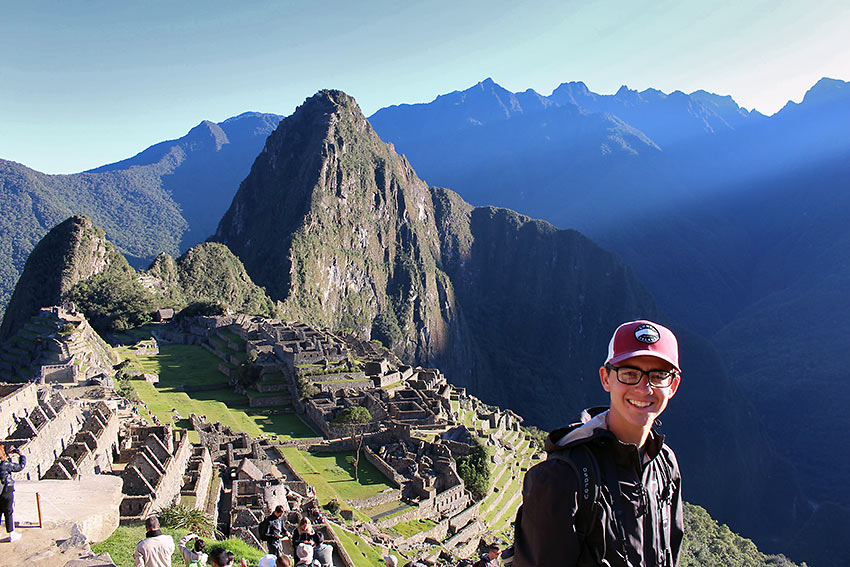
Our tour led us farther into the jungle vegetation and then through the city itself as we learned about the site’s religious and military importance as well as its surprising discovery in 1911 by American archeologist Hiram Bingham.
Although we were among the first visitors, the site was still full of people due to high tourist season. Despite the crowds, I think Machu Picchu retained its mystery and grandiosity. It’s hard to feel crowded when surrounded by miles and miles of green hills.
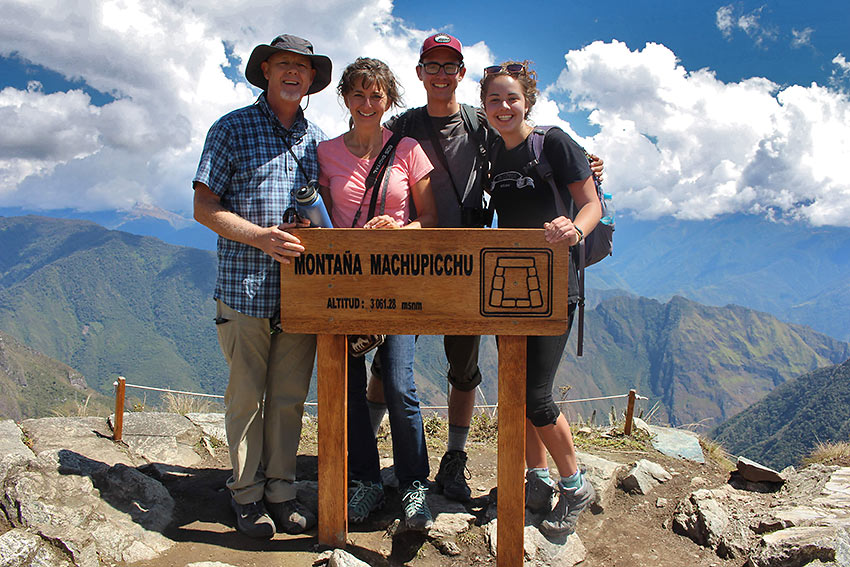
We circled back around to the entrance to start the second part of our day — Montaña Machu Picchu hike. While not as well known as Huayna Picchu, the mountain right behind the ruins in many photos, Machu Picchu Mountain is significantly higher and arguably more strenuous.
With almost a thousand feet of elevation gain, almost the entire trail is steps. Yet the view was worth the effort. From the top of the mountain you can see a 360 degree view of the surrounding mountain ranges, including Machu Picchu and parts of the Andes.
Exhausted from an amazing day we made our way back to Ollantaytambo and then back to Cusco where we still had two full days. The recommendations from family and friends were accurate; you could explore Cusco and the Sacred Valley for weeks or months.
The next day we hopped in a minivan to explore the Pisac ruins, only a 40 minute drive from Cusco. We’d highly recommend taking a taxi up to the top of the ruins and then hiking down through the various sites until you reach the small town and its well-known artisan market. The ruins include terraces, a temple, storehouses, lookout towers, and living areas.
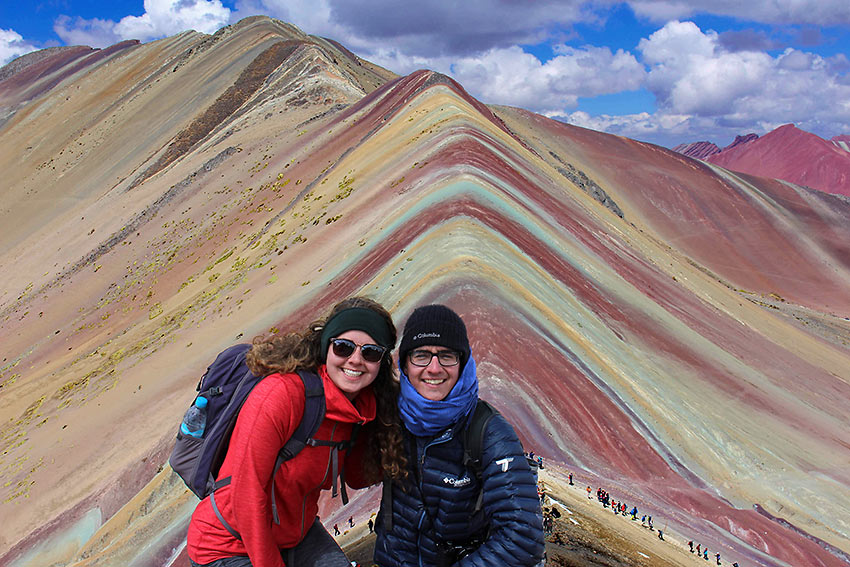
For our final day, my parents decided to relax and explore a bit more of the city while my sister and I took an organized tour to Rainbow Mountain, one of Cusco’s newest tourist destinations. One of the few “colored” mountains in the world, La Montaña de 7 Colores (or Vinicunca) was only discovered in the last five years as the effects of climate change melted away layers of snow and ice. These mountains still hold religious significance for the locals, and the spirit (apu in Quechua) and protection of the mountain is revered.
The hike only covers around 7 kilometers yet begins at over 14,000 feet and ends at over 17,000. Oxygen therefore is scarce. The weather is known to be volatile (sometimes the mountain is even covered in snow), but we were blessed with a sunny day. On the hike you experience snow-capped mountains on one side and sandy rolling hills on the other.
As we left Cusco, we were thankful for a week of new experiences, knowledge, foods, and culture. Peru is now considered by historians to be one of the birthplaces of human civilization and therefore home to some of the oldest cultures in the world. In other words, Cusco and the Incan Empire are only one part of Peru’s long history.
Yet there is something fascinating and unique about this empire that once stretched from Quito, Ecuador in the north past Santiago, Chile in the south. We were grateful for a small glimpse into its capital city, Cusco, and the history of its rapid and strategic growth, technological advances, constructions techniques, political structure, and fateful downfall to the Spanish.
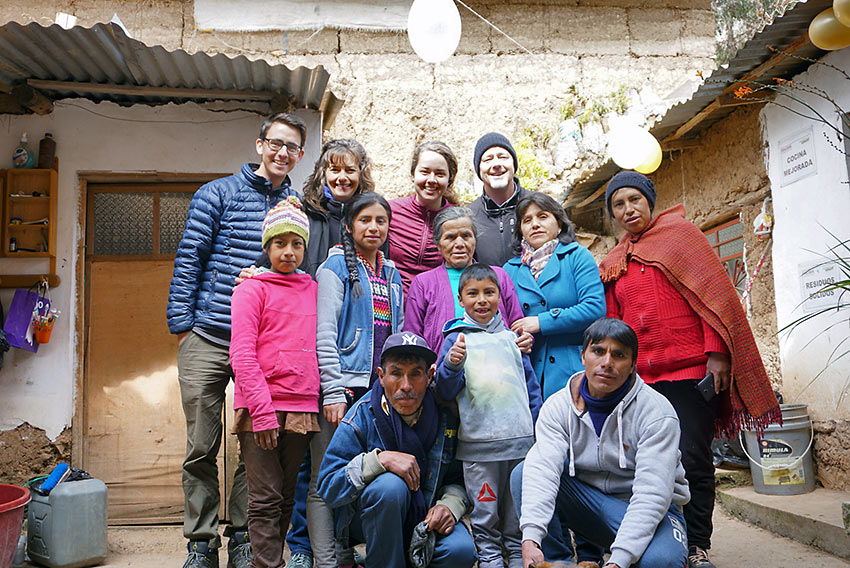
For the last leg of our trip, we made our way from the heart of Peruvian tourism to a remote mountain town which has become my home, Huaricolca. My family was there waiting for us with arms wide open and a table set with pachamanca, a labor of love slow-cooked with hot rocks inside the ground.
My grandpa gave the formal words of welcome and gratitude for our visit to their town and home. After sharing pachamanca and more palabras (short speeches), we were invited to help with a custom called Santiago, placing ribbons and other decorations on the bulls and cows.

Despite the rain and a little reservation on the part of my family, we each placed a ribbon and necklace of fruit on the animals. For other families who have more cows, Santiago is a yearly celebration with food, a band, dancing, drinking, and rounding up the animals.

The next day, to our surprise, we were served cuy con maní (guinea pig with peanut sauce) for lunch which was special for my parents and sister to try.
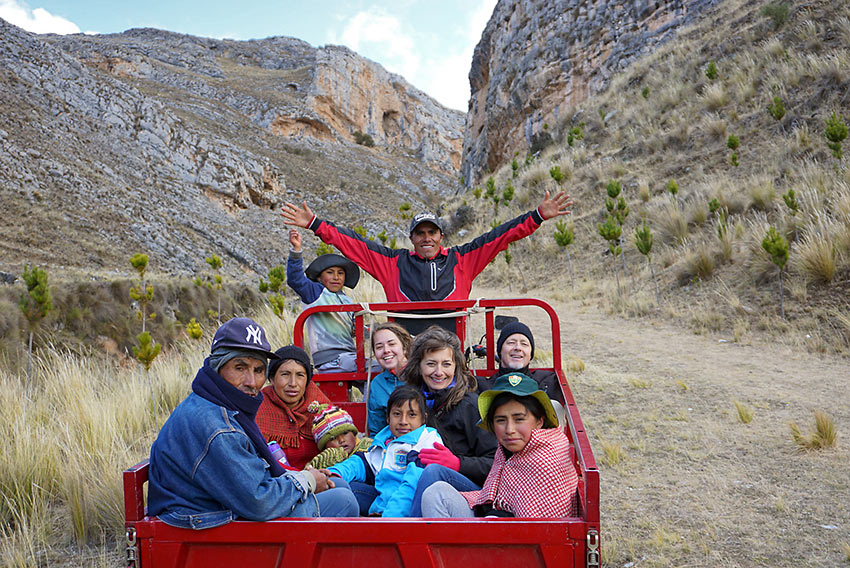
Next, we visited the community’s most important site, Mamahuari or Pintish Machay. About an hour walk from the town center, this cave was once the most important religious site for the first inhabitants of the regions thousands of years ago. There still remains various cave paintings which are evidence of their earliest practices and beliefs and which are now a small tourist attraction. To this day, the community tells stories of years past and celebrates festivals there.
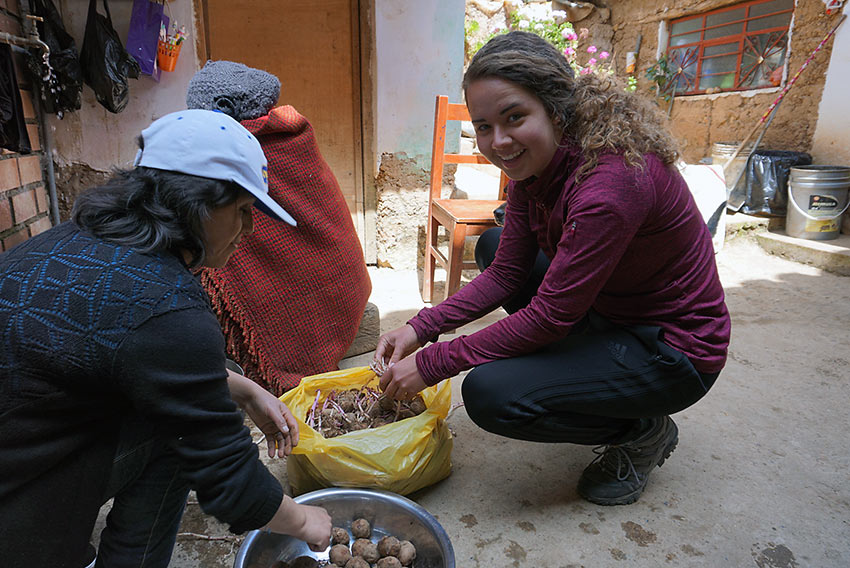
Our trip ended in the way same way it started, with a beautiful sharing of cultures, foods, and languages. I once again felt honored for the opportunity to see my two worlds collide. I know my US family and host family felt the same. Despite such a short stay in Huaricolca, goodbyes were difficult.
Yet sending my family off to the US the next day was even harder. To be honest, this was one of my lowest moments of Peace Corps. I left the bus station in Tarma with a heavy heart, for the end of an amazing vacation and for the coming months away from my family.
Due to work, I couldn’t stay down and out long. A few hours later I had band practice and the next day classes in the primary school. Returning to work is never easy, but this time around work turned out to be not only a good distraction from my thoughts, but also an encouraging reminder of the community I’ve built here.
Rather than only feel lonely, I was able to keep a positive attitude and began to notice the many positive relationships I’ve built here over my first year. I was encouraged by laughing with students, playing cards with my host family, and coordinating again with teachers.
I reminded myself this is what Peace Corps is about — building relationships, cultural exchange, education and capacity building, new experiences, and slow development.
In the end it boils down to sacrificing some opportunities and relationships to invest in one place and people. The job is never easy, but it can be rewarding.
